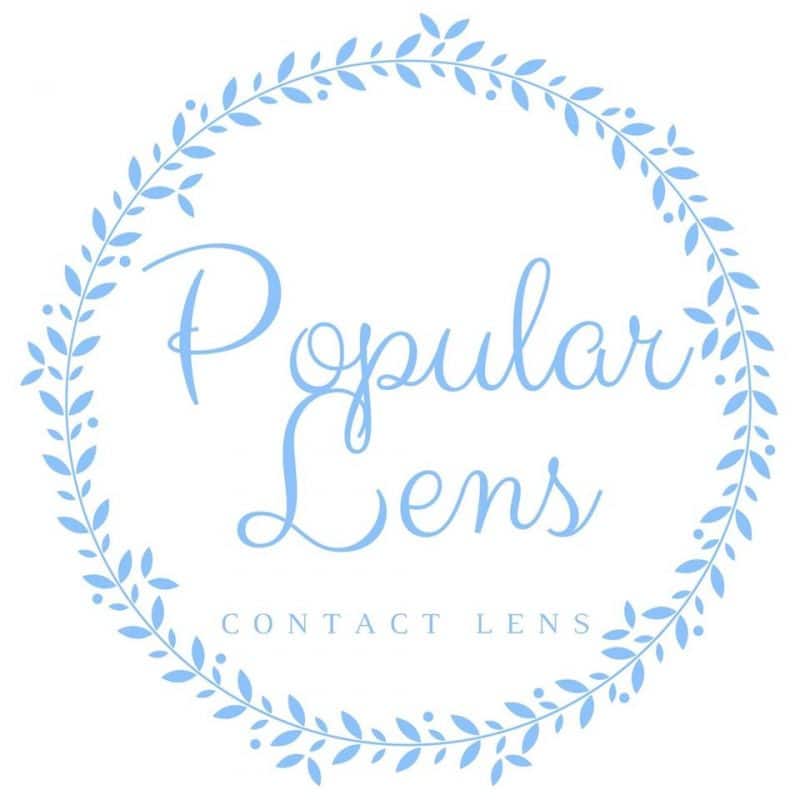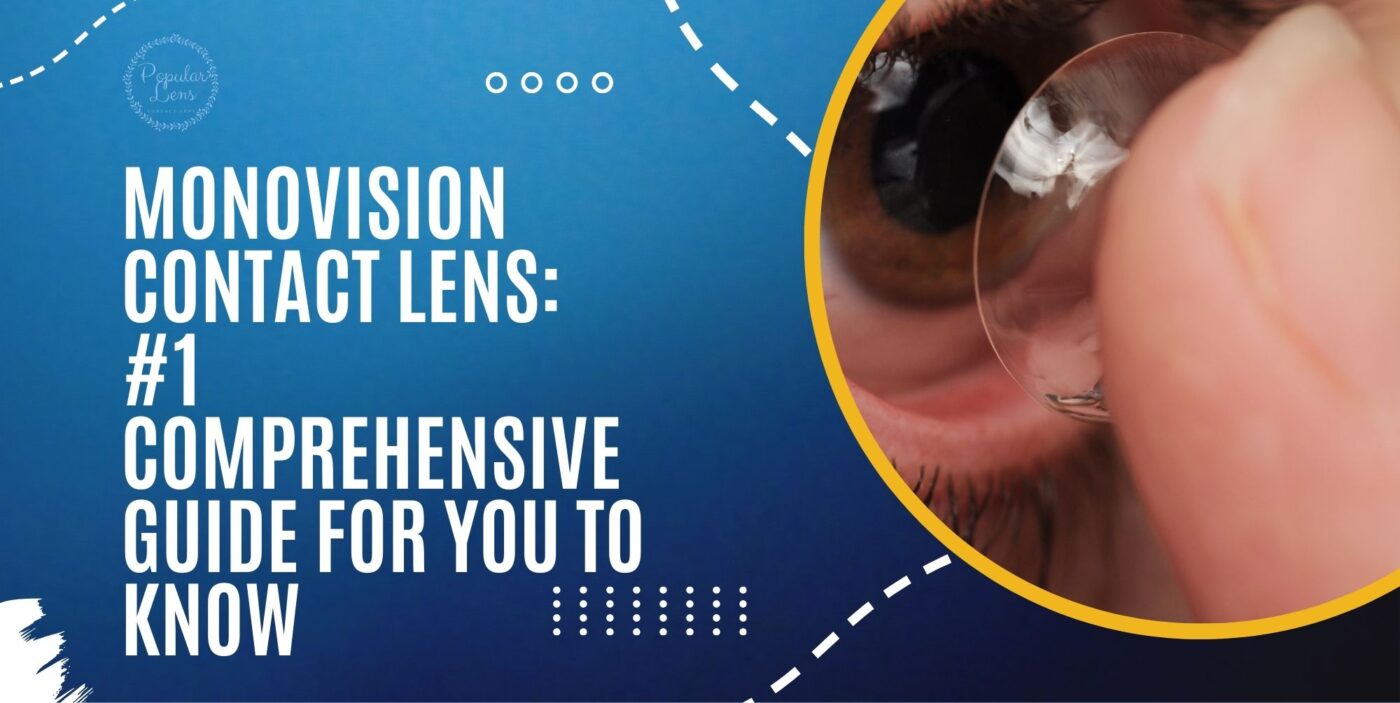Lifestyle
Monovision Contact Lens: #1 Comprehensive Guide For You To Know
Each person faces different issues when it comes to eye vision. There are many types of contact lenses to overcome different issues, including whether you want to wear daily or monthly, extended contact lenses, monovision contact lenses, and multifocal contact lenses. The decision on which type of contact lens to use depends on your needs.
One of the issues that you will be facing after you pass 40 will be presbyopia. It means you will be facing problems focusing on close objects. It is unavoidable, but does it mean you won’t be able to use contact lenses anymore? This is when the monovision contact lenses come in.
Monovision contact lens is a solution for those who are facing presbyopia. If you are unsure of this type of contact lens and wondering what they are, you should read on as we will cover what you should know about monovision contact lenses and how they impact your daily life.
What Are Monovision Contact Lenses?

As we mentioned earlier, it is a solution for those who are facing presbyopia. It is an alternative option to using reading glasses. Different from reading glasses, monovision typically uses separate prescriptions for both eyes.
There will be two different prescriptions for your monovision contact lens for each eye. One contact lens prescription is to correct distance vision, allowing you to have clear vision on further objects. The other contact lens prescription is to help with near vision, allowing you to see nearer objects. Each eye has its specific task.
The main purpose of monovision contact lenses is to reduce the reliance on reading glasses for individuals who have difficulties focusing on nearer objects due to presbyopia. It is a solution that provides convenience in correcting their vision. They don’t have to go through the trouble of switching glasses to see different distances.
Things You Should Know Before Getting Monovision Contact Lens
1. You Cannot Self-Diagnose

You may be used to getting reading glasses by taking them off the rack. There are different strengths, and you can pick the one that works well for you, but it doesn’t work for monovision contact lenses. Monovision contact will have two separate prescriptions, and you will need to see your optometrist for a check-up.
Your optometrist will ensure they find the best solution that suits you. They will arrange for an assessment to find the best prescription for you. Unfortunately, if you want to wear monovision contacts to correct your vision, you need to see your optometrist regularly.
Making an appointment with your optometrist regularly is to prevent any changes in your vision. If you find there are any changes in your vision in between, do go back to your optometrist to reassess your eyes. It helps to ensure that the prescriptions are still suitable for your vision.
2. There’s An Adjustment Period

When changing to a monovision contact lens, it may take some time to adapt to this new vision correction method. When transitioning to monovision contact, your eyes will need to get used to the two separate prescriptions; your brain will also need some time to adjust to this intentional imbalance.
During the adjustment period, different people may experience differently in visual perception, depth perception, and overall comfort. It is common to notice the difference when they see objects at different distances. Some may take a shorter time to adjust, while others may take a longer time to adjust.
It may take days or weeks to fully adapt. It varies from person to person. When you decide to change to monovision contacts, give yourself some time to adjust to it. Your brain and eyes will need time to synchronize with the new visual configuration.
3. You Might See The Distinction

Since there will be two separate prescriptions for both eyes, you may notice a distinction in your eyes. This is because one side focuses on nearer objects while the other focuses on further objects. So, if you close one eye, you may not see it as clearly.
But there shouldn’t be a problem if you open both eyes. The overall picture should be clear, and you may not even realize the difference. Your eyes should be able to adjust effortlessly.
Monovision VS Bifocal Lenses

It is important to understand the difference between monovision and bifocal. It helps you to make a better decision.
Monovision contact lenses use different prescriptions for each eye. One is to focus on near objects, while the other is to focus on further objects. It mimics the natural way the eyes focus on various tasks, reducing the need for constant adjustment.
When wearing monovision contact lenses, you can rely less on reading glasses for close-up tasks. It suits different lifestyles and activities, but it requires time to adjust to it. Your perception of depth may also be affected initially.
For bifocal lenses, it has two distinct prescriptions in one lens. There will be a line separating the two segments. The upper portion is to correct distance vision, while the lower part is for near vision. It offers a clear distinction, but wearers may need to look at the appropriate section for specific tasks.
Bifocal lenses have less impact on depth perception. However, some users may experience difficulty adjusting to the visible separation of prescriptions. The transition zone between near and far vision may not be as smooth.
Both have their pros and cons. When deciding on which you want to use, it depends on your preferences, lifestyles, and visual needs. Monovision offers a more natural and adaptable solution, while bifocals provide a clear distinction between prescriptions.
Consult your eye care professional if you need help. They can help to assess your needs, discuss your lifestyle considerations, and provide recommendations according to your needs to ensure optimal vision correction and comfort.

We are a company of optometrists & opticians. We focus on providing our customers with their preferred optical products to achieve improved visual acuity and enjoy a better quality of life. At PopularLens, you will find niche and exclusive brands.

 Free Shipping within SG With Order Over $80
Free Shipping within SG With Order Over $80 Lowest Price Guarantee
Lowest Price Guarantee

